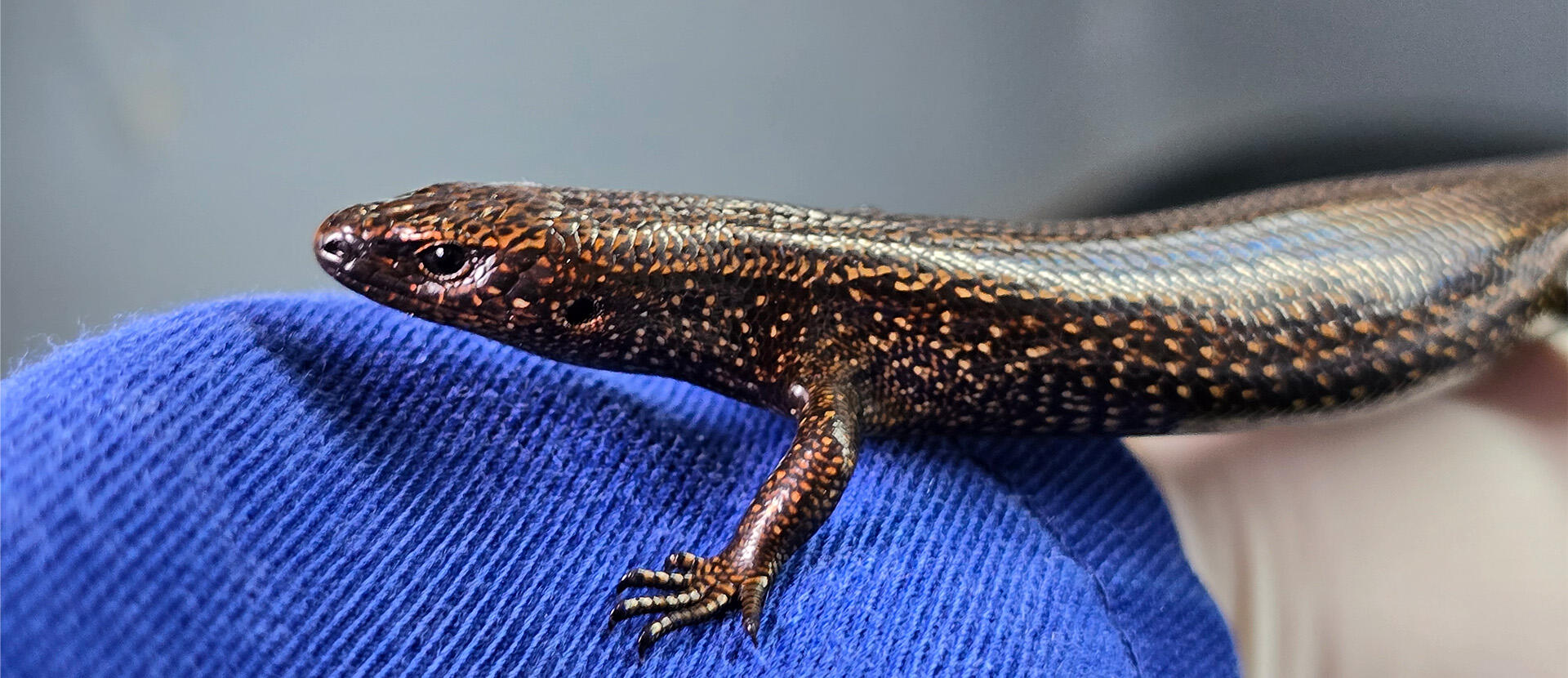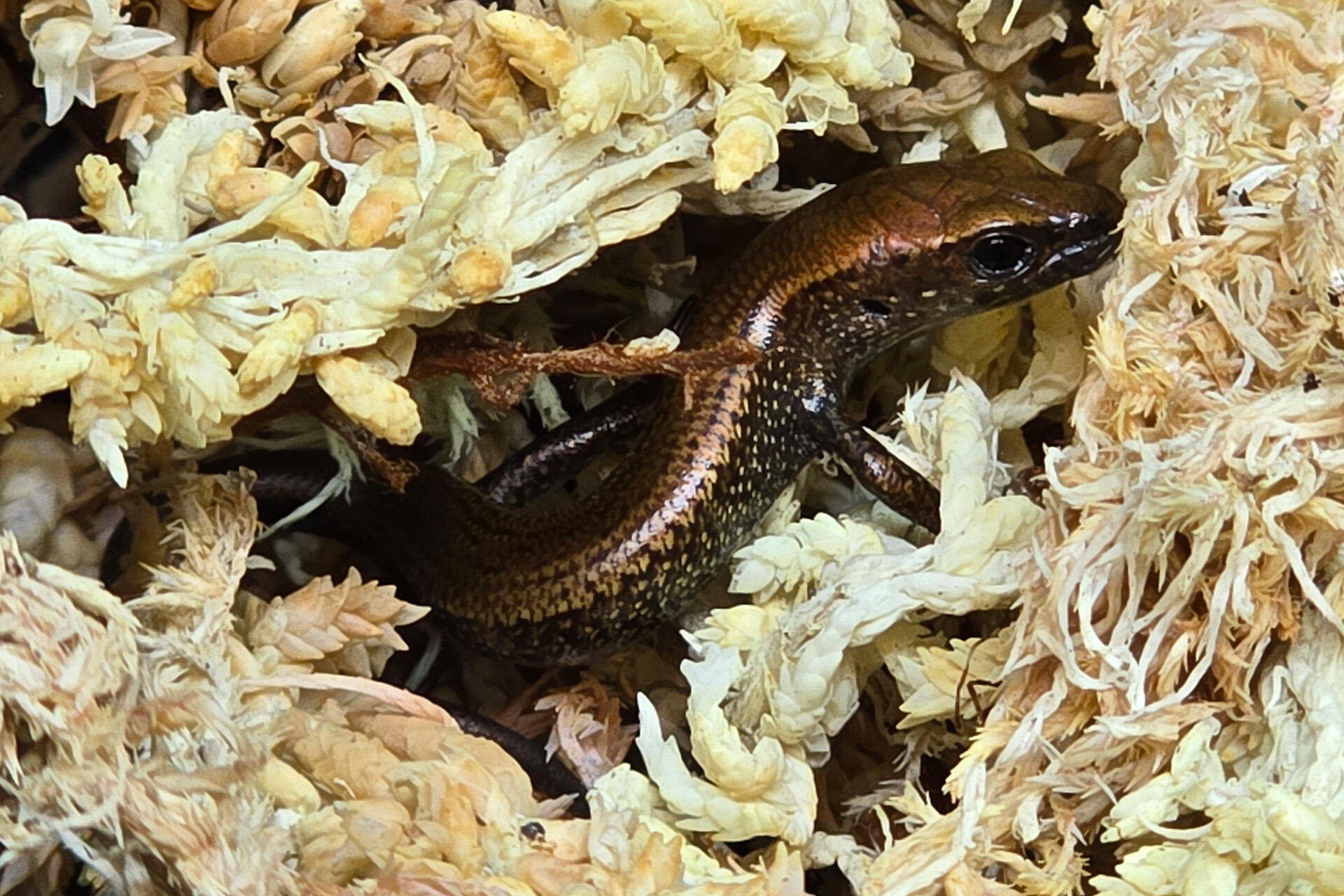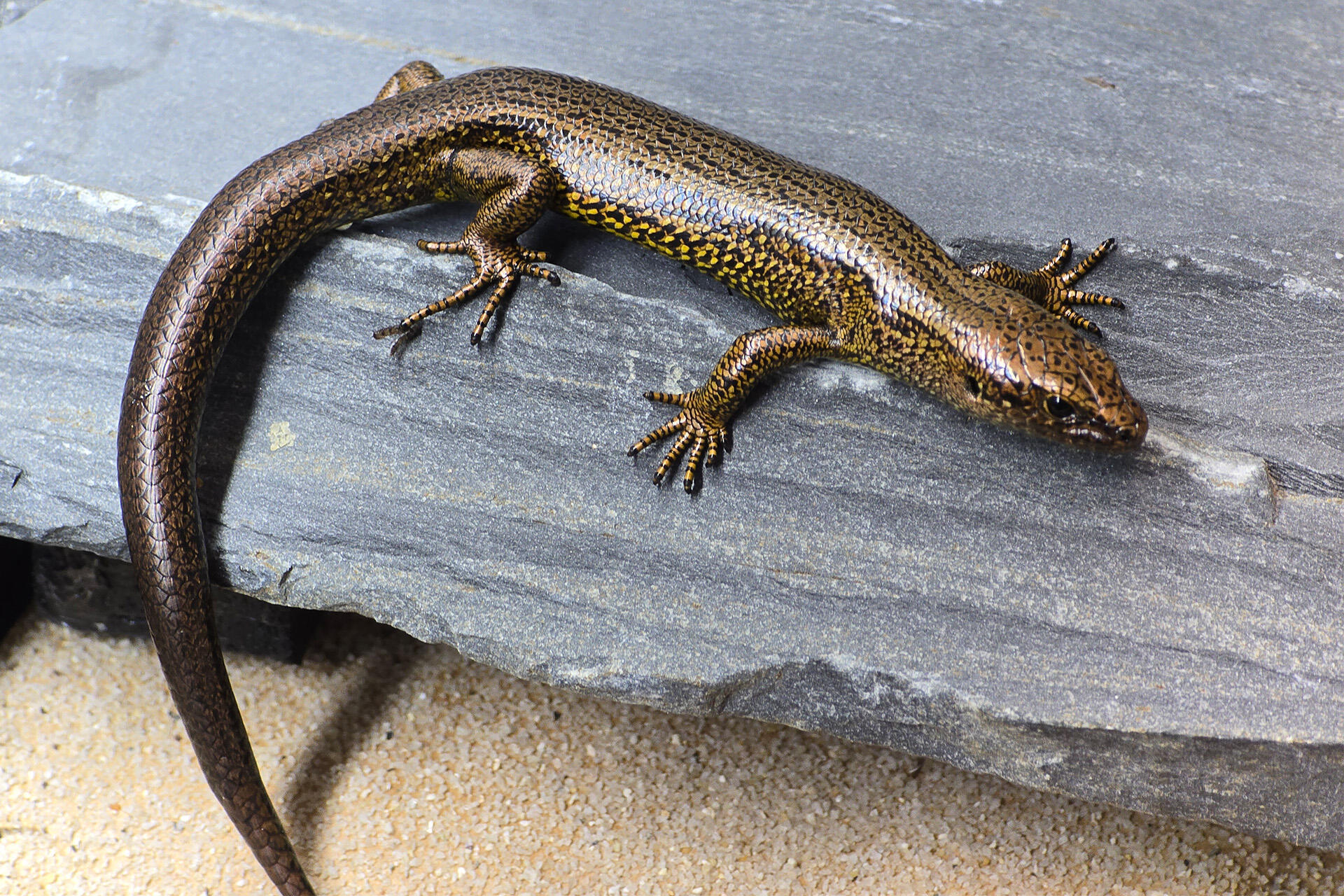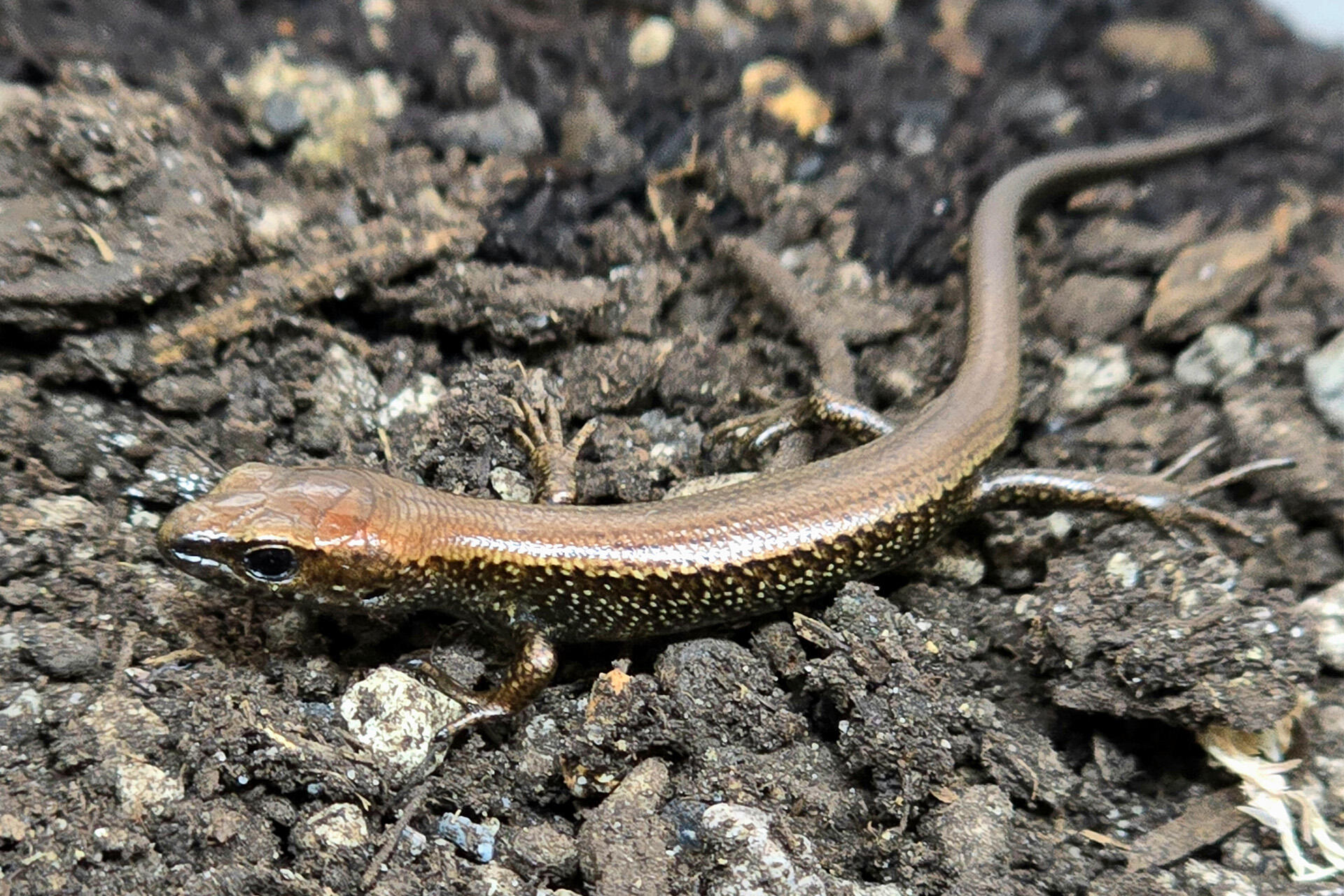The awakōpaka is currently known from only a handful of hectares of steep, rugged bolder habitat near the Homer Saddle where beech and tussock masts (heavy seeding events) result in an explosion of mammalian predators including rats and mice.
DOC undertakes regular and extensive rodent control across this challenging and precarious terrain as part of their ongoing effort to protect awakōpaka skinks in the wild and give the species a fighting chance.
“The exciting find of a female on a nearby bluff last summer gives us motivation to search other bluffs after the snow retreats this summer. If the species exploits this type of habitat, then it may radically expand their known area of occupancy, says DOC Project Lead/ Awakōpaka skink, Megan Willans.
“With the births of awakōpaka at Auckland Zoo it is really pleasing to see the programme to save them from extinction showing such positive signs,” says Ngāi Tahu kaumatua, Michael Skerrett.
“As Ngāi Tahu, we have a kaitiakitanga responsibility to support programmes such as this. So many of our indigenous species are critically threatened and the Zoo is to be commended for the part it is playing.”
Aotearoa is a land of lizards with at least 126 unique endemic species of skink and gecko, of which a staggering 92% of these are either ‘Threatened’, or ‘At Risk’ of extinction.
“While these cryptic animals are largely unknown to most people and are all too often overlooked by landscape-scale conservation initiatives, they play a crucial role in the ecology of New Zealand’s varied habitats. It is therefore urgent that we recognise and prioritise focussed conservation efforts for many, or we risk losing them for ever,” says Richard.









